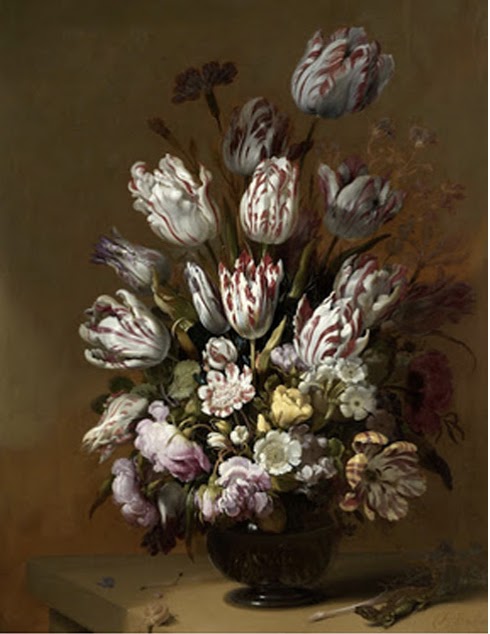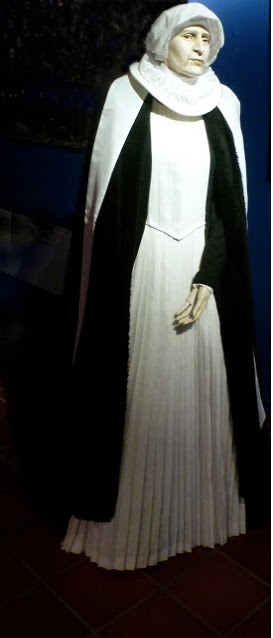
I first came across this painting in 1975 in the Zuider Zee Museum in Enkhuizen. The Museum was much smaller then and to me, this was one of the fascinating exhibits. The painting was intriguing, filled with drama and tension as it depicted the last days before the evacuation of Schokland, then an island in the Zuider Zee.
Archeological excavations show that the island had once been part of the mainland and had been inhabited 6500 years ago. Excavations also show that 2000 years ago the area was starting to lose chunks to the sea. Gradually Schokland became a peninsula and then an island. During the ninth and tenth centuries, the inhabitants started building terps and dikes to keep the remaining land. By the nineteenth century, the farmland on the island had disappeared and the Islanders became fishermen. The reduced island was plagued by floods
The small island was divided in two, with the northern part governed by Amsterdam and the remainder by Emmeloord. It was also divided as Catholic and protestant and they were strongly against intermarriage of faiths. With an ever shrinking gene pool and seventy-five percent of the inhabitants on welfare, the 650 residents were evacuated by Royal decree in 1859. The Schoklanders were relocated to surrounding villages which had a mix of Catholics and Protestants.
The former island now stands in the midst of a polder. Noordoostpolder was reclaimed from the sea in 1942 and now houses a museum and the restored church and has parts of the dikes still visible. In 1995 it became the first UNESCO World Heritage Site in the Netherlands.
The angry Zuider Zee, to which the island once surrendered, has been replaced with a sea of potatoes.
























































